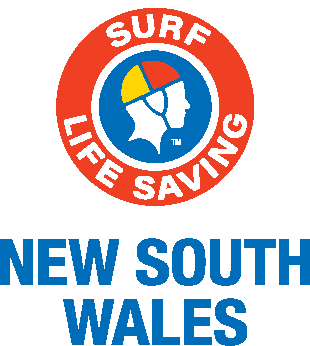Surf lifesavers across the state play an invaluable role in keeping local communities safe, and perhaps that’s felt most strongly in our regions.
Camden Haven SLSC on the Mid North Coast is a small and modest club. Like many regional clubs in NSW, they are seeing huge population growth as people make the move away from bigger cities. This is putting greater demand on clubs’ patrol numbers and skills. Not only are they often first responders to beach incidents but also a vital part of the fabric of their community emergency services teams.
Former SLSNSW Surf Lifesaver of the Year, Tony Worton is pretty legendary around the club and the Camden Haven area; from innovating gear around the club to make it more rescue ready, to coordinating and performing notable rescues. He loves volunteering for his club and is grateful for the skills he’s gained as a member.
We caught up with Tony to find out how the start of the season has been, and it just happened that last weekend the club had teamed up with Fire and Rescue NSW and NSW Ambulance to run a scenario-based training day.
“Every couple of years Fire and Rescue the Ambulance Service and the training paramedics from Charles Sturt University get in touch to run a multi-agency training day and it’s always a good day, we love it but they put us through the ringer this year,” Tony said, with a laugh.
Camden Haven had 12 surf lifesavers including three young Surf Rescue Certificate members take part, while both Fire and Ambulance had similar sized teams.
All three agencies prepare for the day by informing their communications streams, including the SLSNSW State Operations Centre and Triple 000.
As the day starts the teams are briefed and need to be prepared for anything in their area of specialty. For the surf lifesavers, this is being the first responders to beach incidents, including the break wall.
“The paramedics hid two of our big rescue mannequins in the break wall about halfway up and they weren’t in a good way,” said Tony.
“One of the team had the incident called in and we were first to respond.”
Everything is as real as it gets from communication through to rescue operations.
“We were told there was one person with a broken femur and the other a broken knee and leg so we had a real job ahead of us. Our job was to check the scene, check pain levels and get them out of danger if possible.”

The IRB was launched for water safety and some of the crew were able to walk down the break wall to reach the patients. They assessed the scene including the danger to themselves and the patients before paramedics arrived to immobilise and extract the patients.
“The paramedic took over with drugs, Fire and Rescue came with stretchers and stokes and we assisted getting patients off the wall.”
But while that was all happening there was a call in with a boat rollover, where two patients were in the water.
“When we got the second call out the IRB team was sent to the second incident where we were told both patients had possible spinal injuries and broken legs which meant we had to be very careful moving the patients into the IRB,” said Tony.
When the IRB team got the patients back to the beach on spinal boards they were handed over to paramedics.
“There was a lot going on but we were all working in the moment, problem solving where we could and working together under pressure,” said Tony.
“Working in with the other emergency services under the pump on a training day like this is just brilliant. We worked so seamlessly together with great communication. It was really motivating to see how capable and helpful we were in saving and preserving lives.”
But it didn’t end there. Just as the team completed the second incident handover a shark bite was called in.
Another patient was now in the water with a simulated shark bite. Once again as the first responders the team stabilised the patient and applied the tourniquet.
“The beauty of days like these is they really get you going and up to speed, working under pressure, making decisions and communicating with all different people. I was really proud of our team, we had everything under control and everyone was very clear headed,” he said.
Each team had their own debrief and came back together to summarise the day.
Tony said the comments they received from the other agencies were complimentary of the lifesavers response time, the professionalism in their response and the communication between the lifesavers and other teams.
“For the club it’s a great opportunity for our members to be involved in something that will help them feel more prepared for when emergency incidents happen.
“It’s also great for the local community to see us doing these multi-agency training days, seeing us in action and our capabilities without the real-life intensity of it all. There were so many people around on the day and it was a pretty exciting scene to watch.
“We even recruited one of the paramedics!”
All SLSNSW branches and many clubs take part in regular SAREX (Search and Rescue Exercise) training days like this to up skill members and bring together emergency service teams. Find out more about SLSNSW Emergency Response Management.
Thursday 24 October 2024


